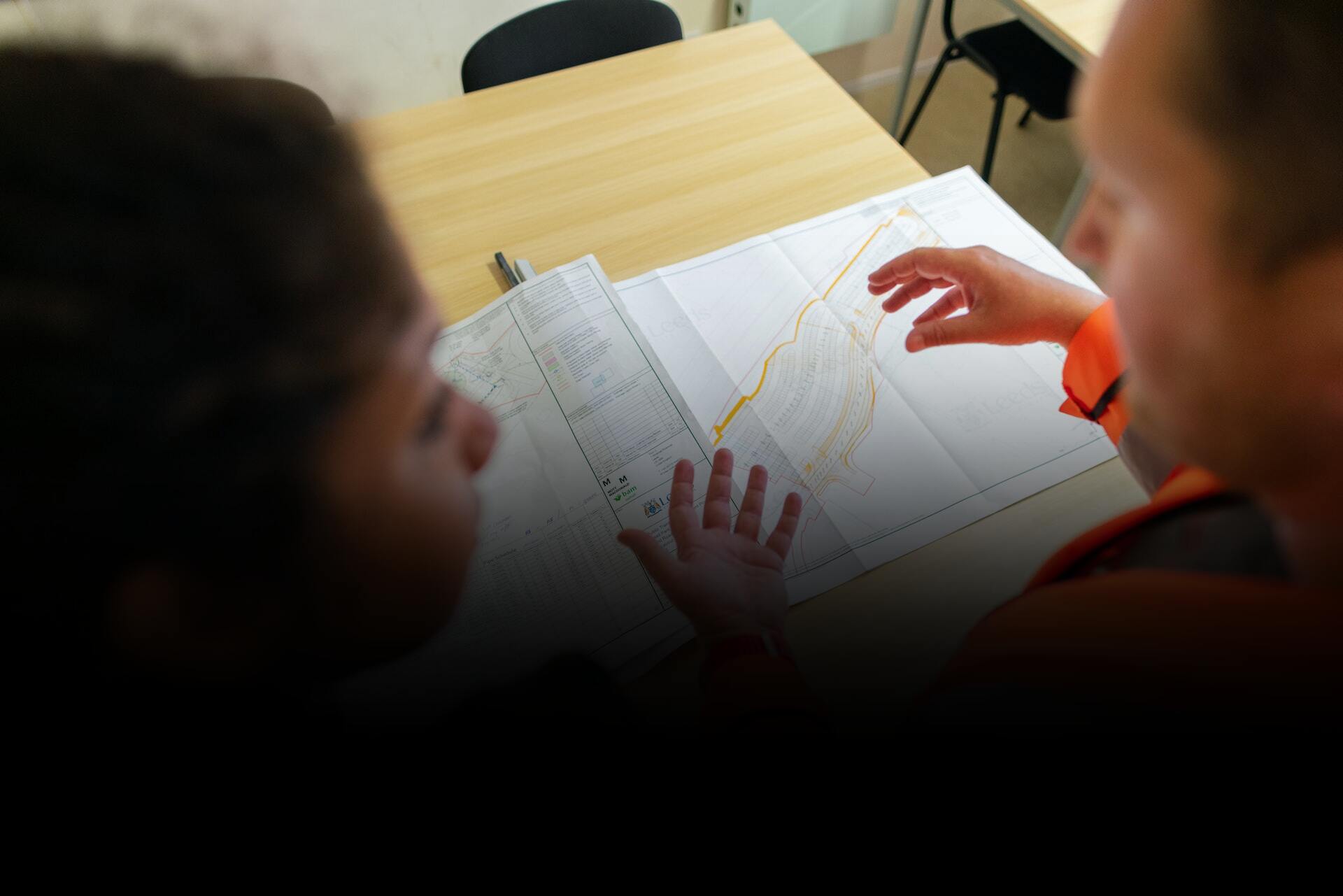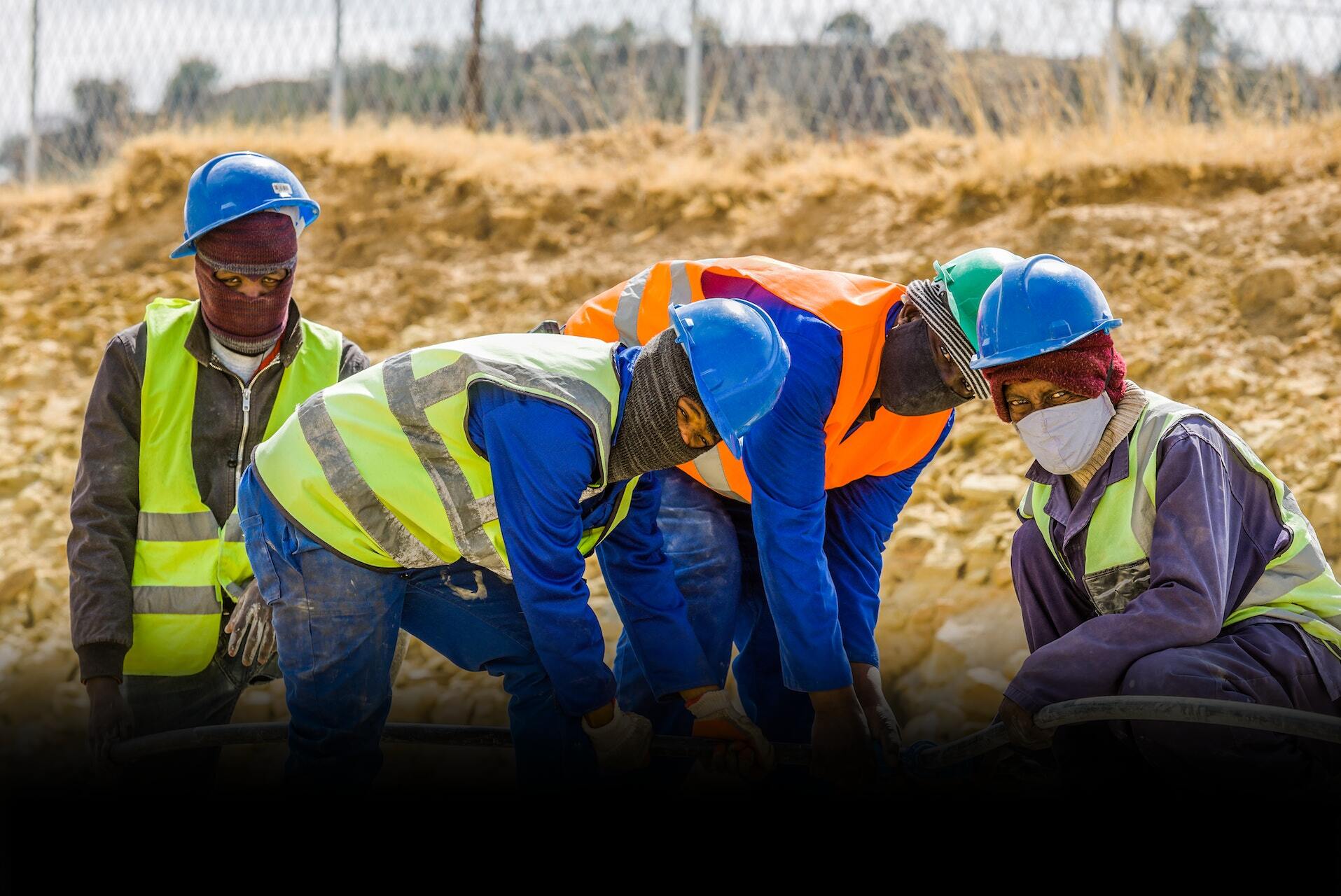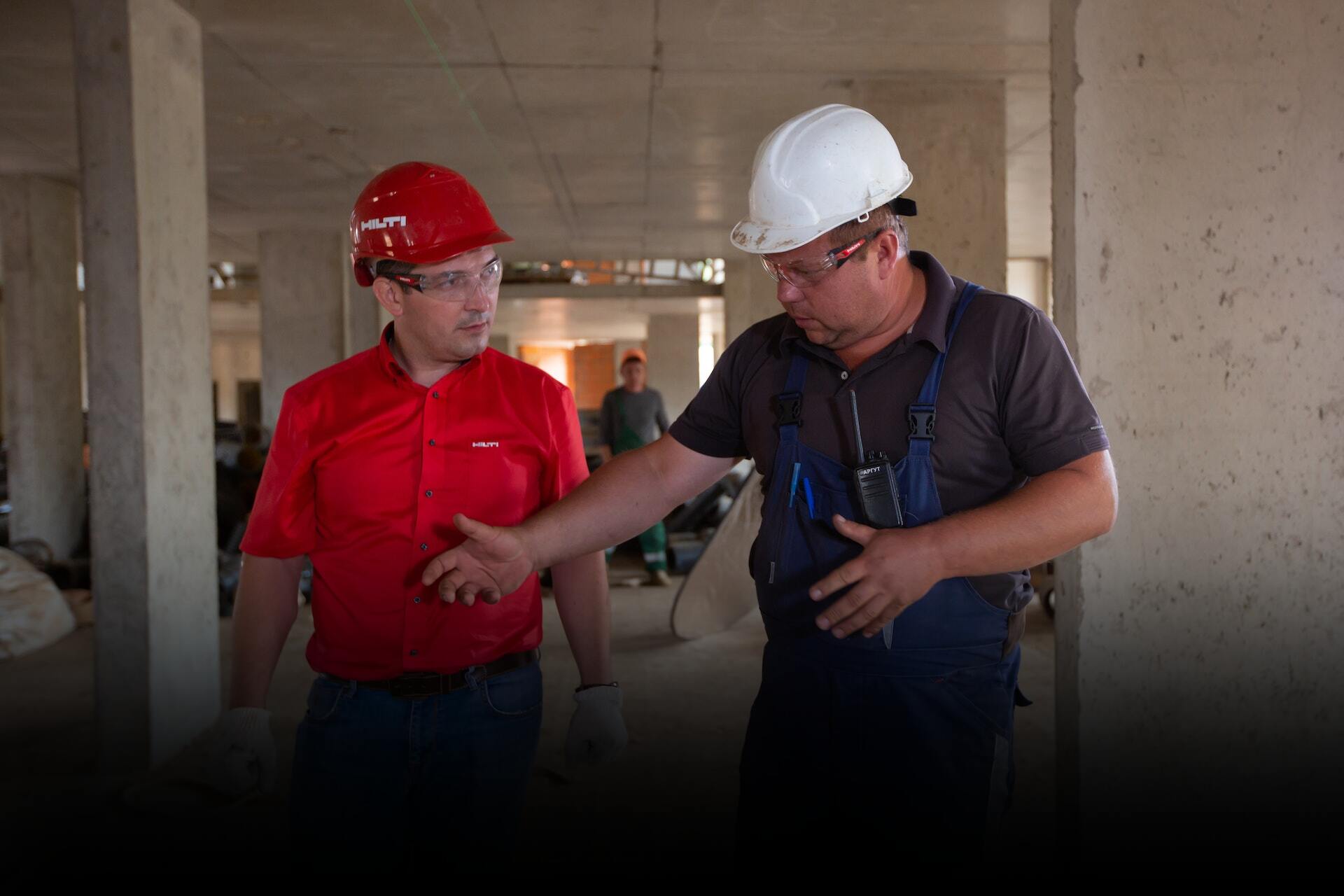
Risk assessment is process of identifying hazards and assessing their risks and define the control measure to decide if it is enough or more controls are needed. Beyond workplace perspective, Risk assessment is a simple daily unintended activity
Basic Factors Influencing Risk Assessment
a) Legal Requirement
b) Accident Ratios
c) The Risk Assessor
First 3 steps Carry Out Risk Assessment
1. Identifying Hazards
2. Identifying who might be at Risk
3. Evaluating The Risk
Read" Why Risk Assessment Is Important"
Once identified hazards and resultant risks, then categorized the people who might be harmed; Now it time to answer a simple question:
- What is the level of a particular risk?
- Do that level of risk be in acceptable range? or
- Does it need to be reduced?
- if yes, how much reduction till being acceptable?
Simple questions, but the answers are not
Criteria To Measure Risk
a) Qualitative examinations: that measure the presence or absence of risk characteristics, however; not expressed in numbers.
briefly: using words “very high”, “high”, “medium”, “low” or “insignificant”.
b) Semi-quantitative examinations: measure how much of the risk is present and reported as a number
briefly, break risk down into its two component parts and define each separately:
Risk = Likelihood x Severity
|
Likelihood |
Severity |
| 1 = extremely unlikely | 1 = very minor injury |
| 2 = unlikely | 2 = first-aid injury |
| 3 = possible | 3 = lost-time injury |
| 4 = likely | 4 = hospital treatment |
| 5 = very probable | 5 = disabling injury |
Read Why Risk Assessment Is Important

Case Study
Your work in the head office of corporate “X”, reception corridor is fully busy by customers, employees and visitors.
Scenario 1
Scenario 2
Electrical cords, internet cables, wires crossing the corridor, Risk evaluation: (tripping hazard) may lead to injury
(From table ) Likelihood = 5 (very probable), Severity = 4 (hospital treatment)
Risk = 5 x 4 = 20 (red color, extremely high risk)
Electrical cords, internet cables, wires trailed through ducts on wall, Risk evaluation: (tripping hazard) may lead to injury
(From table ) Likelihood = 1 (extremely unlikely), Severity = 4 (hospital treatment)
Risk = 1 x 4 = 4 (green color, low risk)

The outcome risk level form both scenarios demonstrate how a tiny change in detail can entirely lead to different result from “extremely high” risk to “low” risk of the same hazard and same severity level.
You shall note controls are set on likelihood not severity, since we can’t reduce severity of tripping that may be broken bones, bruising, twisted leg, however, we control the likelihood to occur.
“Trailing cables through ducts on wall” reduced the likelihood from 5 to 1”
Note:
Sometimes a certain situation imposes to increase the severity level even for same hazard case, for example: past 2 scenarios were in corporate corridor, the severity was a constant on 3, meanwhile same hazard in care house 4 or 5 because injury from tripping to the old people may lead to hospital treatment or disability.
Residual, Acceptable and Tolerable Risk
The risk assessment must include the actual situation that really exist regarding either risks or control measures, taking all practicable solutions to reduce the risk to minimum possible level, but eliminating 100% may not be reasonable or practicable.
When in doubt, get out.
– Safety Advisor
a) Residual Risk
The risk which remains even after applying existing control measures
b) Acceptable Risk
Refer to the lowest level reached of a certain risk.
c) Tolerable Risk
Implies that a certain high residual risk which is not accepted but only tolerable for short period of time during working on setting out more controls.
d) Unacceptable Risk
Means that a certain risk is very high and work cannot be resumed or allowed until obligatory apply the proper control measure.
The Conclusion
There is no right or wrong way to apply a certain risk evaluation system. Different numbers, ranges, descriptions of likelihood and severity are not the same among organizations, assessors, situations
Using a semi-quantitative risk rating system provide some particular advantages:
a) “Accurate thinking”
Enable assessors to think more carefully about likelihood and severity, and so get more accurate end result.
b) “Prioritization”
The higher the number the greater the risk, it is possible to arrange, categorize them in order
c) “Similarity of approach”
Using this system by different assessors may lead to get similar results.
d) “Timescale”
Possible timescales to the risk ratings that is used by some organizations.

Situations Demand Review of Risk Assessment
1. Significant changes or updates:
- Process. – Substances.
- Equipment. – Workplace environment.
- Personnel. – Legal standard
2. The assessment is not valid after accident, near miss or ill-health
Special cases and vulnerable workers
- Young Persons
- Expectant Women and Nursing Mothers
- Disabled Workers
- Lone Workers














